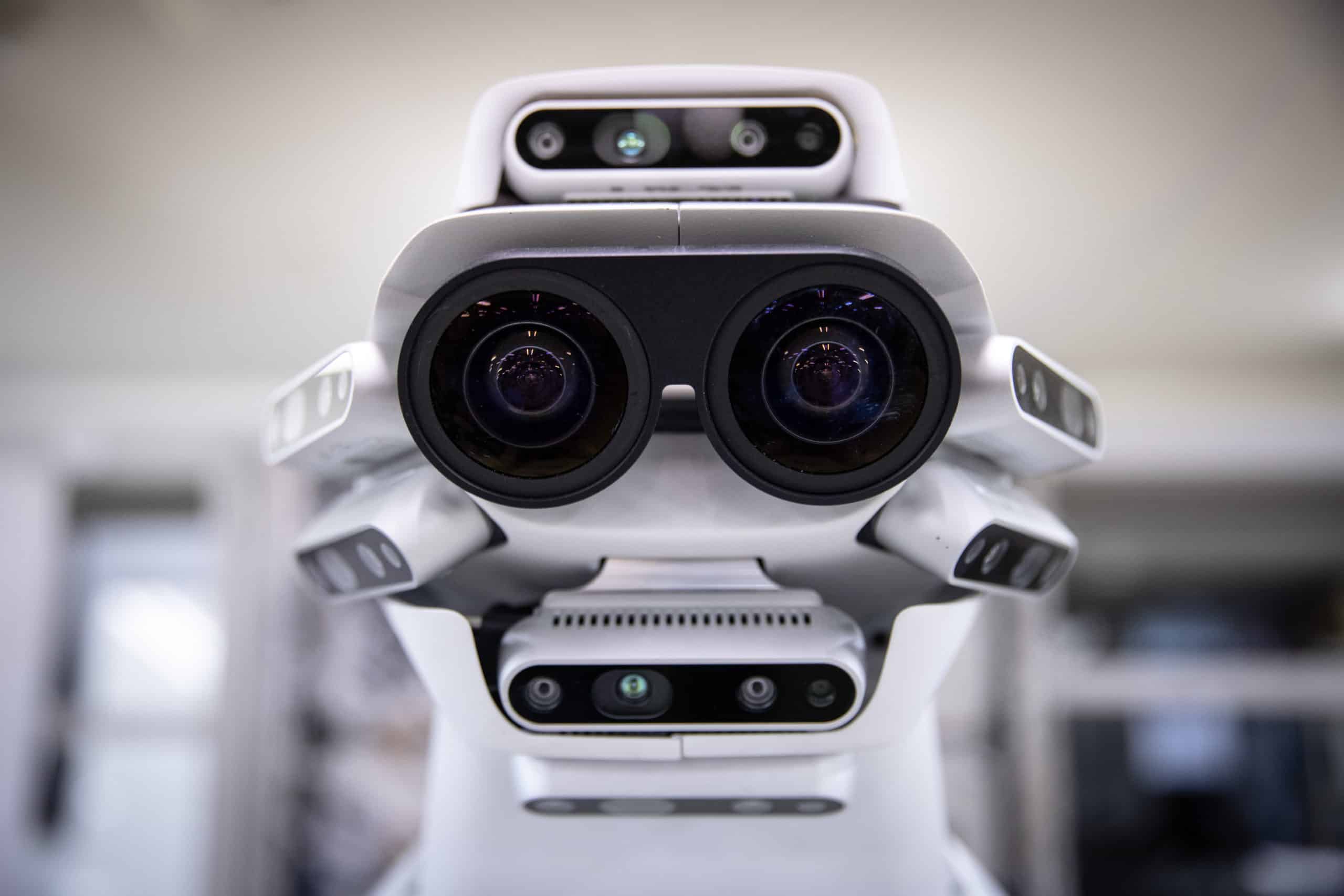
Robots xenobots (Photo by Takashi Aoyama/Getty Images)
#Roommates, it’s no secret that technology has the ability to now create and produce things that we previously only thought were found in Hollywood films—but the latest jaw-dropping news about robots proves that we are currently living in the future we once used to imagine. According to recent findings by scientists, the world’s first living robots are now able to reproduce…and the discovery has left even some of the world’s top scientists “astounded.”
@CNN reports, U.S. scientists have just discovered that xenobots, the world’s very first living robots, now have the ability to reproduce—in a way that is not seen in either plants or animals. Xenobots were created from the stem cells of the African clawed frog and measure less than a millimeter wide. Last year after their debut, the robots showed they could move, work together in groups and heal themselves—but no one ever expected them to reproduce. The scientists at University of Vermont, Tufts University and Harvard University, who created the xenobot, said they were shocked to realize the robot creation was now capable of reproduction.
Michael Levin, Professor of Biology and Director of the Allen Discovery Center at Tufts University, co-led the research that uncovered that the robots could reproduce—but it still left him in disbelief. “I was astounded by it. Frogs have a way of reproducing that they normally use but when you … liberate (the cells) from the rest of the embryo and you give them a chance to figure out how to be in a new environment, not only do they figure out a new way to move, but they also figure out apparently a new way to reproduce.”
Xenobots used “kinetic replication” to reproduce, which is described as a scientific process that occurs at the molecular level, although it has never been observed before on the level of whole cells or organisms.
Artificial Intelligence, aided researchers to test billions of body shapes to make the xenobots more effective to the kinetic replication. They then proceeded to gather tiny stem cells in a petri dish, gather hundreds of them inside the mouth of the xenobots, and a few days later the bundle of cells became new xenobots.
Want tea directly in your text inbox? Hit us up at 917-722-8057 or click here to join!